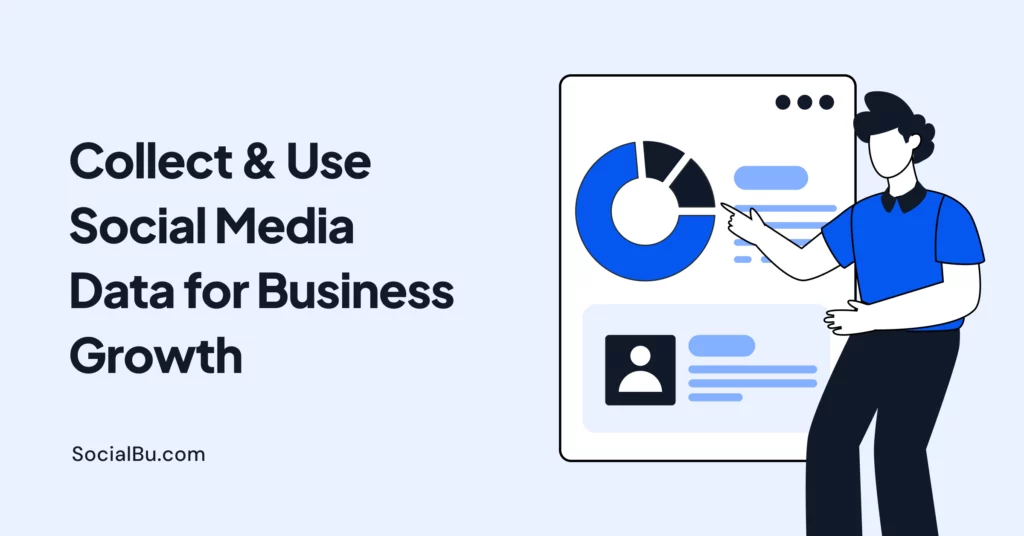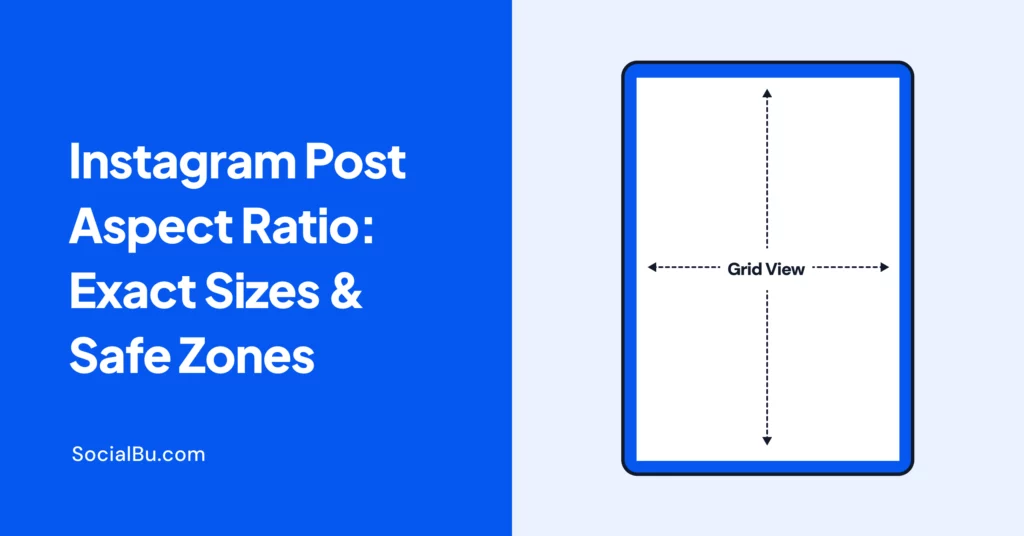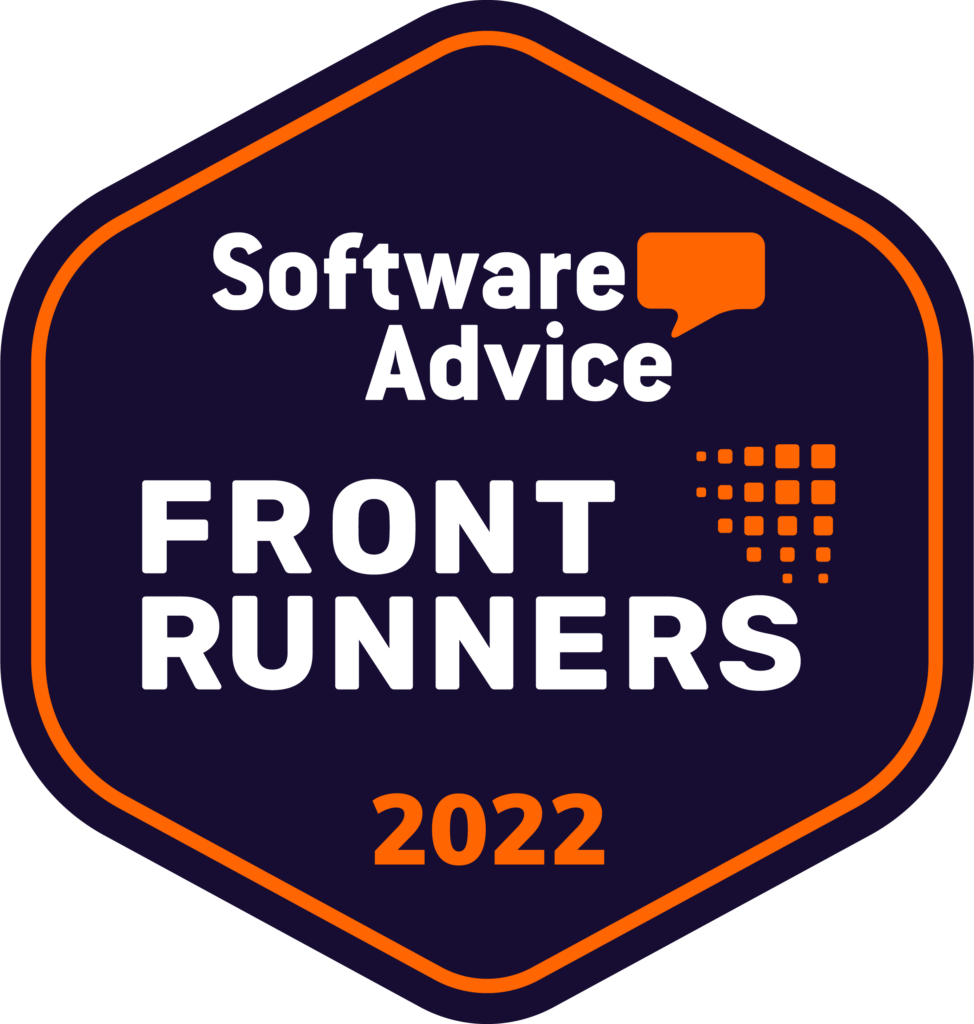Your customers are talking, are you listening?
Every like, share, and comment holds powerful insights. Social media data helps businesses understand what people want, how they feel, and where trends are headed. With billions of users across the top social media platforms, the opportunities are massive.
From tracking social media usage by age to exploring social media statistics worldwide or even using machine learning for deeper analytics, this data can shape smarter strategies and stronger connections.
Want to know how to turn social scrolls into business wins? Keep reading.
Understanding Social Media Statistics Worldwide by Age and Platform
Age Range | Top Platforms | Quick Action |
18–29 | YouTube (~93%), Instagram (~76%), Facebook (~68%), Snapchat (~65%) | Prioritize short-form, visual content; strong engagement with video and Stories. |
30–49 | Facebook, Instagram, LinkedIn, YouTube | Focus on informative and shareable content; ideal for lead generation and brand loyalty. |
50–64 | Facebook, YouTube | Use evergreen content and video explainers; leverage Facebook Groups for community building. |
65+ | Facebook, YouTube | Simplify messaging; use video and trust-building posts for engagement. |
To use social media effectively, businesses must first understand who’s using which platforms and how.
Social Media Usage by Age
Different age groups prefer different platforms:
-
- 18–24-year-olds often use TikTok, Instagram, and Snapchat, which is around 91%.
- Individuals aged 25–34 are active on Instagram, LinkedIn, and Facebook.
- Older age groups prefer Facebook and YouTube.
GlobalFollowers – Usage Breakdown by Age (USA, 2025)
- 18‑29: YouTube (~93%), Instagram (~76%), Facebook (~68%), Snapchat (~65%) [Global Followers]
- 50‑64 & 65+: YouTube & Facebook still high; Instagram much lower in older ages.
Try SocialBu — schedule, publish, and automate across YouTube, Instagram, Facebook & more.
Knowing this helps businesses tailor content to the right audience. These social media usage insights by age are based on recent social media statistics for 2025 and help marketers focus their efforts wisely.
(GlobalFollowers – Social media usage by age, 2025)
Social Media Users by Platform
According to social media growth statistics, platforms like TikTok and Instagram are experiencing rapid growth. Facebook remains large, while LinkedIn is popular for B2B marketing.
Here are some of the top 10 social media platforms:
Understanding these platforms and their users helps in choosing where to focus your marketing.
How to Collect Social Media Data (Tools & Techniques)
There are several ways to collect social media data, and you don’t need to be a tech expert to start.
1. Native Tools (Built into Platforms)
Each platform offers its own analytics:
- Facebook & Instagram Insights
- LinkedIn Analytics
- TikTok Analytics
These tools show you who’s engaging with your posts and how they’re performing.
2. Third-Party Tools
Platforms like SocialBu, Sprout Social, and Hootsuite allow you to:
- Schedule posts
- Track analytics
- Monitor engagement
- Generate reports
3. Social Media Data Download
Many platforms allow you to download your data for further analysis in Excel or Google Sheets. This is referred to as a social media data download, and it’s useful for reporting, auditing, or in-depth analysis.
4. Machine Learning for Deeper Insights
Some advanced tools use machine learning to help:
- Predict what content will perform well
- Analyze customer sentiment
- Detect trends early
Machine learning helps convert complex data into smart recommendations.
Use Social Media Data for Business Growth
Once you’ve collected the data, here’s how to actually use it:
1. Audience Understanding & Segmentation
Identify your target audience and understand their preferences. Are they mostly 18–24? Do they engage more with videos or photos? This helps create content that speaks directly to them.
2. Content Optimization
Use data to figure out what content works best. For example, if posts with tips perform better than memes, adjust your content strategy accordingly.
3. Product & Campaign Development
Utilize trends and feedback from social data to enhance existing products or launch new ones. If people frequently request a feature, that’s valuable insight.
4. Competitor Analysis
Track your competitors’ content performance using tools or manual research. What are they doing right? Where can you stand out?
5. Track ROI and Conversions
Tie your social efforts to real business goals, such as sales, leads, or sign-ups. Analytics can help show the path from a social post to a website visit to a purchase.
Key Metrics to Track for Growth
Focus on these essential metrics:
- Reach: How many people saw your post?
- Engagement: Likes, shares, comments
- CTR (Click-through rate): Did users take action?
- Conversion: Did they buy, sign up, or download?
- Sentiment: Are people talking positively about your brand?
All of this can be found in social media analytics tools, such as SocialBu, or native platform insights.
Future Trends in Social Media Data & Analytics
As we move forward, expect big changes in how social media data is collected and used:
- Machine learning will continue to power smarter recommendations and targeting.
- Platforms will offer deeper audience insights.
- Privacy and data laws will change how we track and store data.
- Personalized marketing will become more common (and expected).
Businesses that keep up with these trends will gain a big advantage.
Ethical Considerations & Data Privacy
Even as social media data offers huge potential, businesses must handle it responsibly. Here are some key considerations:
1. Consent & Transparency
Always let users know what data you’re collecting, how you’ll use it, and how long you’ll keep it. Be clear in your privacy policies.
2. Minimal Data Collection
Only gather what you really need. The less irrelevant data you hold, the lower the risk of misuse.
3. Anonymization & Aggregation
Where possible, use aggregated data or anonymize personal identifiers. This helps protect individuals’ privacy, especially in social media statistics worldwide studies or when analyzing social media usage by age.
4. Regulatory Compliance
Pay attention to laws like GDPR, CCPA, or other local data protection regulations. They affect how you can download, store, and use social media data.
5. User Trust & Reputation
Misuse of data can quickly erode trust. Poor handling of data can damage your brand more than any viral campaign can help it.
Conclusion
Social media data is more than just numbers; it’s a roadmap to grow your business. By collecting the correct data, utilizing the right tools, and applying insights effectively, you can enhance content, strengthen your brand, and boost sales.
Start small, test often, and continually learn. The more you understand your audience and their online interactions, the better your results will be.
💡 Ready to level up your social media game?
SocialBu is your all-in-one social media management tool — helping you analyze data, automate workflows, and grow smarter online.
FAQs
Q: What is social media data?
Social media data refers to the information collected from social media platforms, like likes, shares, comments, mentions, and follower counts. It helps businesses understand trends, audience behavior, and overall social media performance.
Q: What is the 5-5-5 rule on social media?
The 5-5-5 rule suggests posting:
- 5 pieces of content about your brand,
- 5 pieces that are from others (industry content), and
- 5 that are personal or fun.
It helps balance content types and improve social media engagement and growth.
Q: How can I get social media data?
You can collect social media data using:
- Built-in platform tools like Facebook Insights or Instagram Analytics
- Third-party tools like SocialBu, which help with scheduling, analytics, and engagement
- Social media data download options for deeper analysis in Excel or Sheets
Q: What is an example of social data?
An example of social data is the number of likes, shares, or comments a post receives on Instagram. Other examples include hashtag performance, sentiment (positive/negative mentions), and social media usage by age or location.
Q: What data type is social media?
Social media data includes structured (e.g., follower counts) and unstructured data (e.g., text from comments or posts). It is used in machine learning, data analytics, and trend forecasting.
Q: What are the four types of social media analytics?
The four main types of social media analytics are:
- Descriptive – What happened? (e.g., post reach)
- Diagnostic – Why did it happen? (e.g., engagement drop)
- Predictive – What could happen next? (via machine learning)
- Prescriptive – What action should be taken? (e.g., best time to post)






